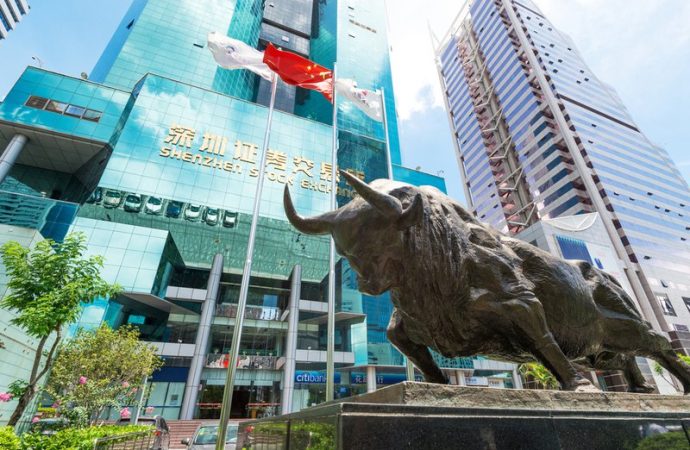Introduction In the wake of a staggering $2 trillion stock market rout in China, financial analyst Prof. Rachel Chen examines the deep scars left on investors and the growing perception that the market has become ‘uninvestable.’ This article dissects the root causes, the implications for investors, and the China stock market chaos challenges in restoring
Introduction
In the wake of a staggering $2 trillion stock market rout in China, financial analyst Prof. Rachel Chen examines the deep scars left on investors and the growing perception that the market has become ‘uninvestable.’ This article dissects the root causes, the implications for investors, and the China stock market chaos challenges in restoring confidence in China’s stock market.
The $2 Trillion Market Rout: Unraveling the Numbers
Prof. Chen provides a comprehensive overview of the factors contributing to the unprecedented stock market decline:
- Market Dynamics: Analyzing the market forces, including economic indicators, regulatory changes, and global factors.
- Sector-Specific Challenges: Examining challenges within specific sectors that played a role in the market downturn.
Investor Scars: Emotional and Financial Toll

This image is taken from google.com
Delving into the aftermath, Prof. Chen explores the scars left on investors, considering:
- Emotional Impact: The psychological toll on investors who witnessed significant losses.
- Financial Fallout: The actual financial impact on individual and institutional portfolios.
The Perception of ‘Uninvestable’ Markets
Examining the evolving investor sentiment, Prof. Chen discusses the perception that China’s market has become ‘uninvestable’:
- Trust Deficit: How the recent events have eroded trust in the reliability and stability of China’s financial markets.
- Risk Aversion: The increasing reluctance among investors to engage with Chinese stocks due to perceived heightened risks.
Implications for Global Investors

This image is taken from google.com
Analyzing the broader impact, Prof. Chen outlines how the $2 trillion stock rout may influence global investors:
- Portfolio Adjustments: The potential adjustments in global investment portfolios to mitigate exposure to Chinese markets.
- Reassessment of Risk Management: A renewed emphasis on robust risk management strategies in the face of market uncertainties.
Comparative Table: Major Market Corrections and Rebound Dynamics
| Market | Correction | Root Causes | Recovery Strategies | Investor Sentiment |
|---|---|---|---|---|
| China | $2 trillion stock rout. | Economic indicators, regulatory changes. | Reevaluation of investment strategies. | Skepticism and risk aversion. |
| U.S. (2008 Financial Crisis) | Subprime mortgage crisis. | Financial deregulation, housing market collapse. | Government interventions, regulatory reforms. | Gradual restoration of confidence. |
| Japan (Lost Decade) | Asset price bubble burst. | Real estate and stock market collapse. | Monetary and fiscal policy adjustments. | Lingering cautiousness among investors. |
Conclusion: Rebuilding Trust in China’s Financial Markets
Prof. Rachel Chen concludes that as China grapples with the aftermath of the $2 trillion stock rout, rebuilding trust in its financial markets will be a formidable task. Restoring confidence will require transparent communication, robust regulatory measures, and strategic initiatives to address the root causes of the recent market turmoil.
















